RICHARD SERRA
The American Artist's Sculptural Enormity And Enveloping Legacy

For many, encountering a work by artist Richard Serra is like witnessing the vast ocean or desert for the first time. The enormity of his often large-scale, site-specific sculptures is bewildering, challenging your senses and perception of space whilst creating a sense of stillness inspiring contemplation and reflection akin to the wonder of nature.
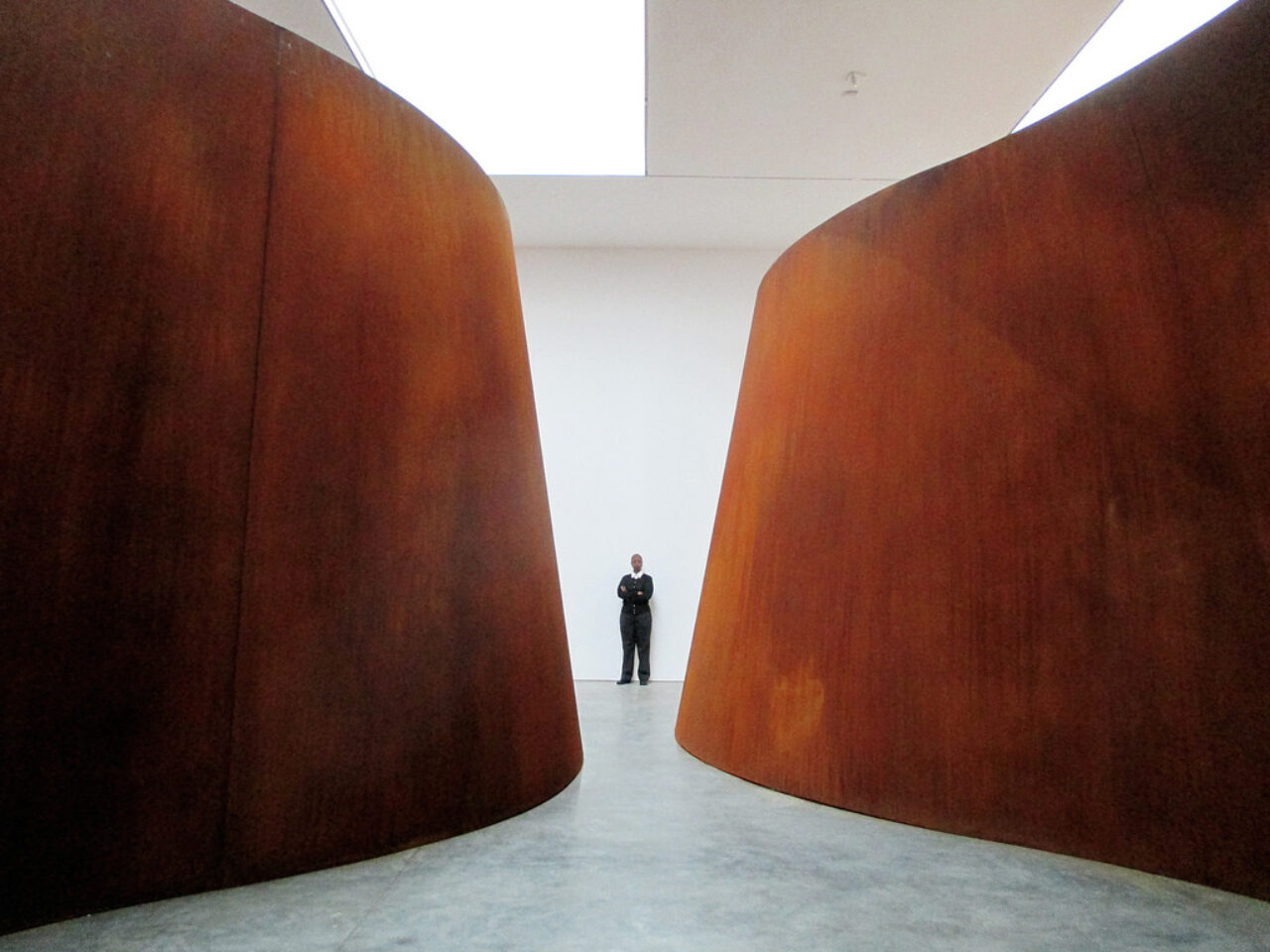

Throughout his career, Serra’s work engaged with ‘ways of relating movement to material and space.’ Finding resonance predominantly with steel, Serra found his voice with the dynamism of the material. In Dia:Beacon located in upstate New York, find Serra’s piece titled Elevational Wedge (2001), a site-specific ramp of hot-rolled steel that subtly inclines the floor of the gallery, to his monumental, enclosed and spiralling Torqued Ellipses series, consisting of large installations of contorted weathered, steel plates. Enveloping guests within them, their volumes reimagine orientation and movement, destabilising our experience of space as we attempt to comprehend each sculptural volume. Notably, heightening the notion of bodily experience.
It is this exact reaction through experiencing his sculptures, that Serra’s works warp one’s sense of time and sense, in themselves becoming a universal language. The artist notes, ‘I consider space to be my medium. The articulation of space has come to take precedence over other concerns. I attempt to use sculptural form to make space distinct.’
Experienced throughout the world both in vast landscapes to museums and private galleries (since 1983 Gagosian has presented more than thirty solo exhibitions of Serra’s work in the US and Europe), Serra’s site-specific works range from Promenade (2008), a series of monumental steel panels at the Grand Palais in central Paris, to Te Tuhirangi Contour (1999/2001) in Gibbs Farm in New Zealand, an outdoor sculpture composed of 56 Corten steel plates that traverse the gently sloping, native private land. Shift (1970-72) is arguably one of the most important sculptures of the twentieth century, ironically hidden from public view. Consisting of six narrow concrete forms as long as 68 meters and as short as 28 meters, each embedded in the earth, the earthwork is nestled within overgrown grass alongside a cornfield, becoming one with its landscape.
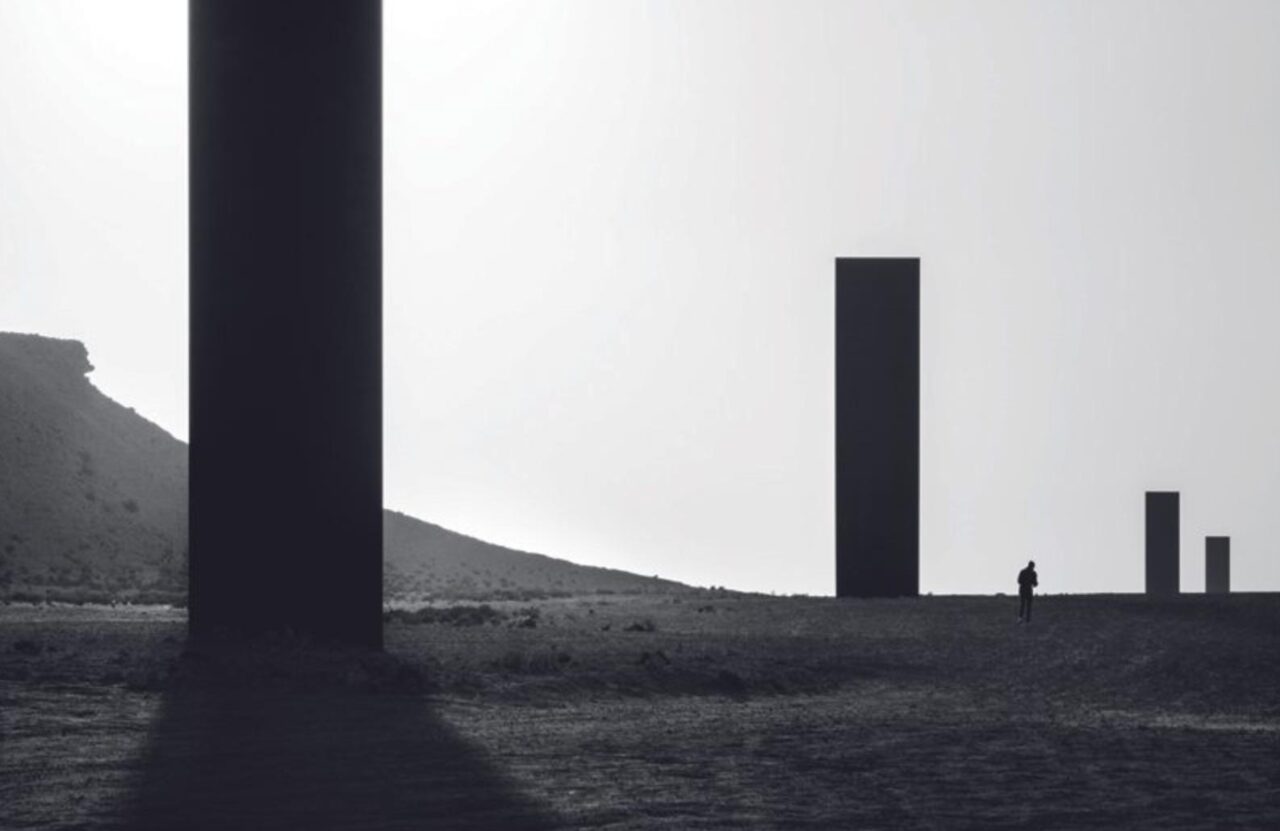
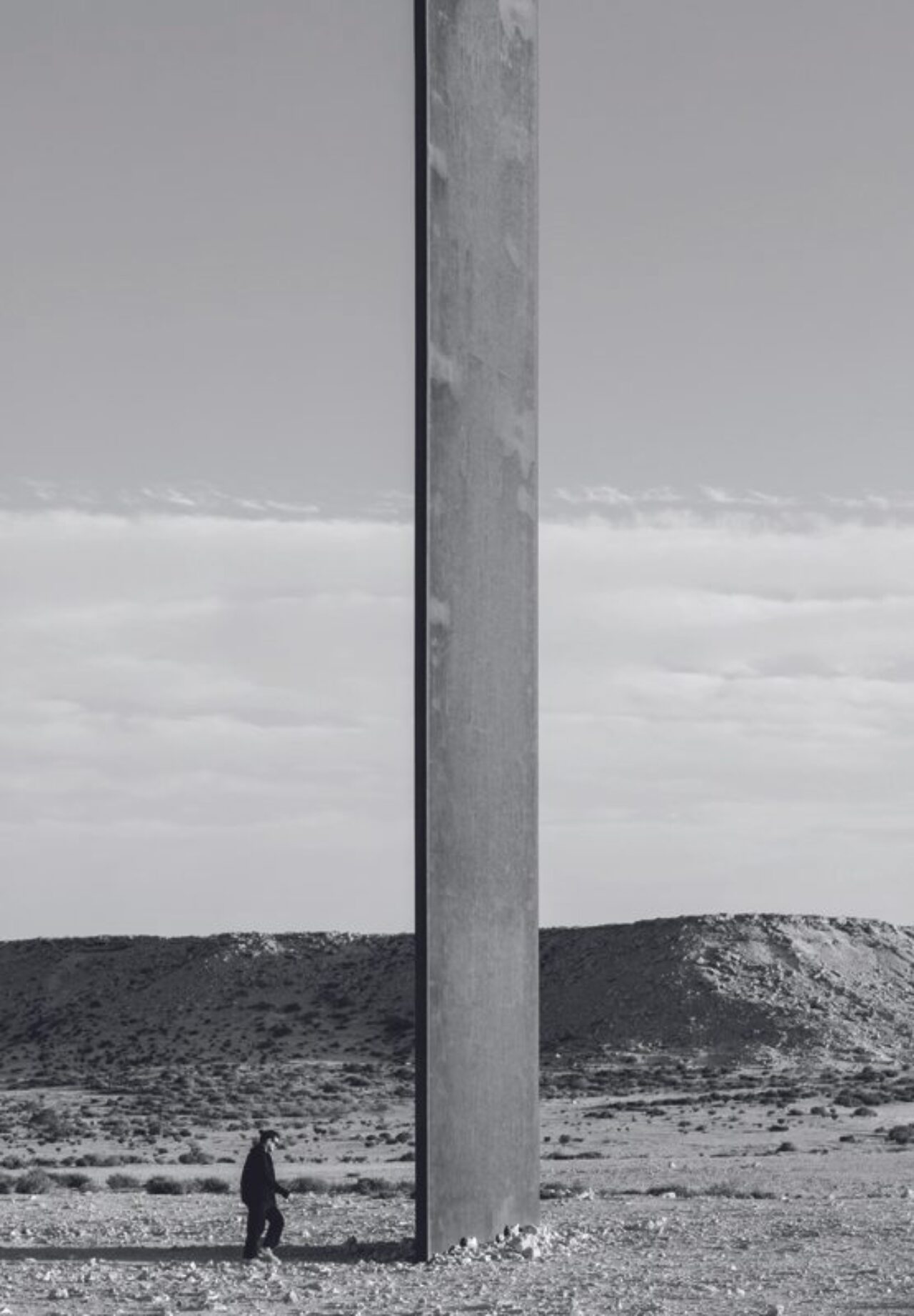
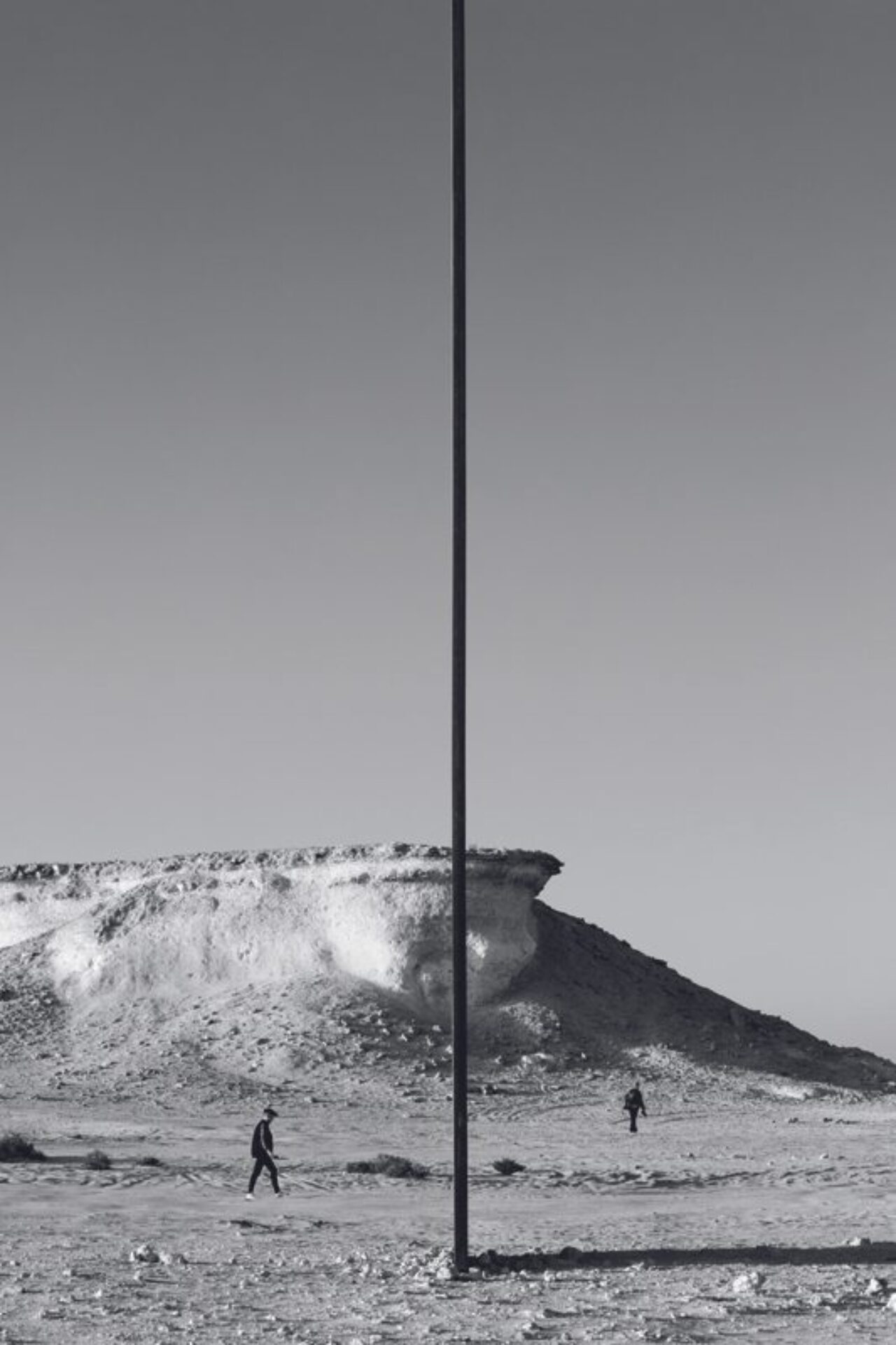
For Serra, whose works requires extensive time for conception and expansive permanent space, two key works are found in the vast, Qatari desert that reflect the power of an unrestrained brief and uncompromised conditions. The first, a towering sculpture 7 (his tallest work ever created), to the second commission East-West/ West-East, complete in 2014. ‘These pieces are pretty transparent,’ Serra told the New York Times at the time. ‘You can actually engage them without any apprehension.’ Further noting the hope that the artwork would become a landmark, just as his first sculpture had become a “destination” for residents of Doha. As Serra put it, ‘I’m sure people will either walk or drive to the pieces. I’m positive of it.’
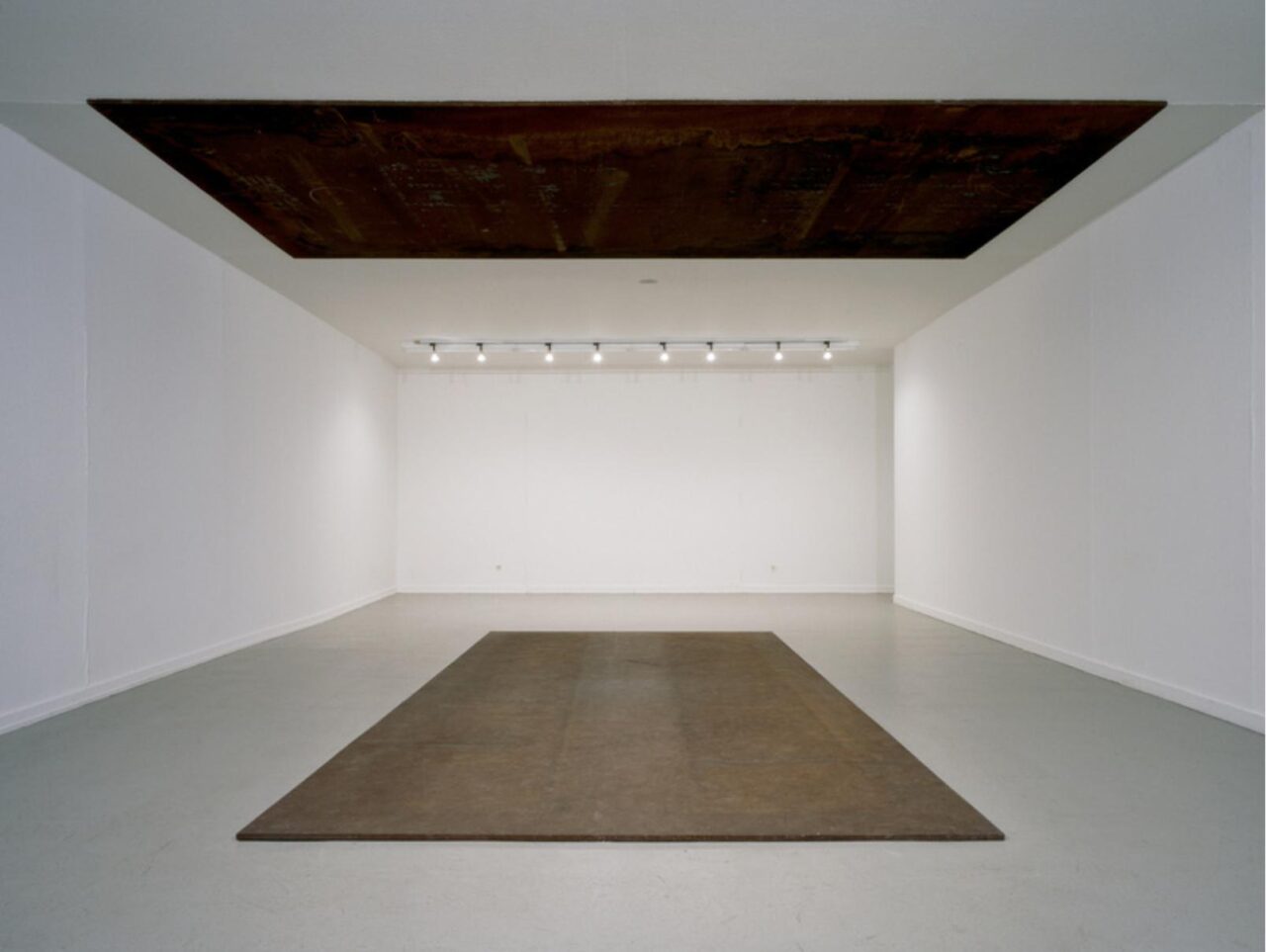
Serra’s works have defied geographical boundaries, instead, reclaiming their own site-specific vernacular with physical engagement. In a 2002 interview with journalist Jonathan Peyser, Serra was asked of his work; ‘What qualities or features of your sculptures compel us to react as we pass through them?’ He responded, ‘I was in Kyoto maybe 35 years ago, at the beginning of the ’70s. Looking at the temple gardens I found that they reveal themselves only by walking—nothing really happens without movement, which becomes the very basis of perception. Being in Kyoto was very different from being in Florence and looking at Piero della Francesca. Renaissance space is constructed by centralising the focus. In the temple gardens of Kyoto the field is open, and your participation, observation, and concentration are based on movement, looking is inseparable from walking. The essential difference is not only the protracted time of looking, but the fact that you, your relationship to the objects perceived, become the subject of perception. Once I began to understand that this was a different kind of experience defined by an essentially different relation of viewer to object—in that you, the viewer, are the subject relating to an object in time and space—it shifted the focus for me. It sounds like a small thing, but I think it was primary for my development. I came back and built a piece for the Pulitzers (Pulitzer Piece, 1971) that extended over three or four acres and was based on walking and looking in relation to a shifting horizon. That development in my work would not have occurred if I had not been in Kyoto.’
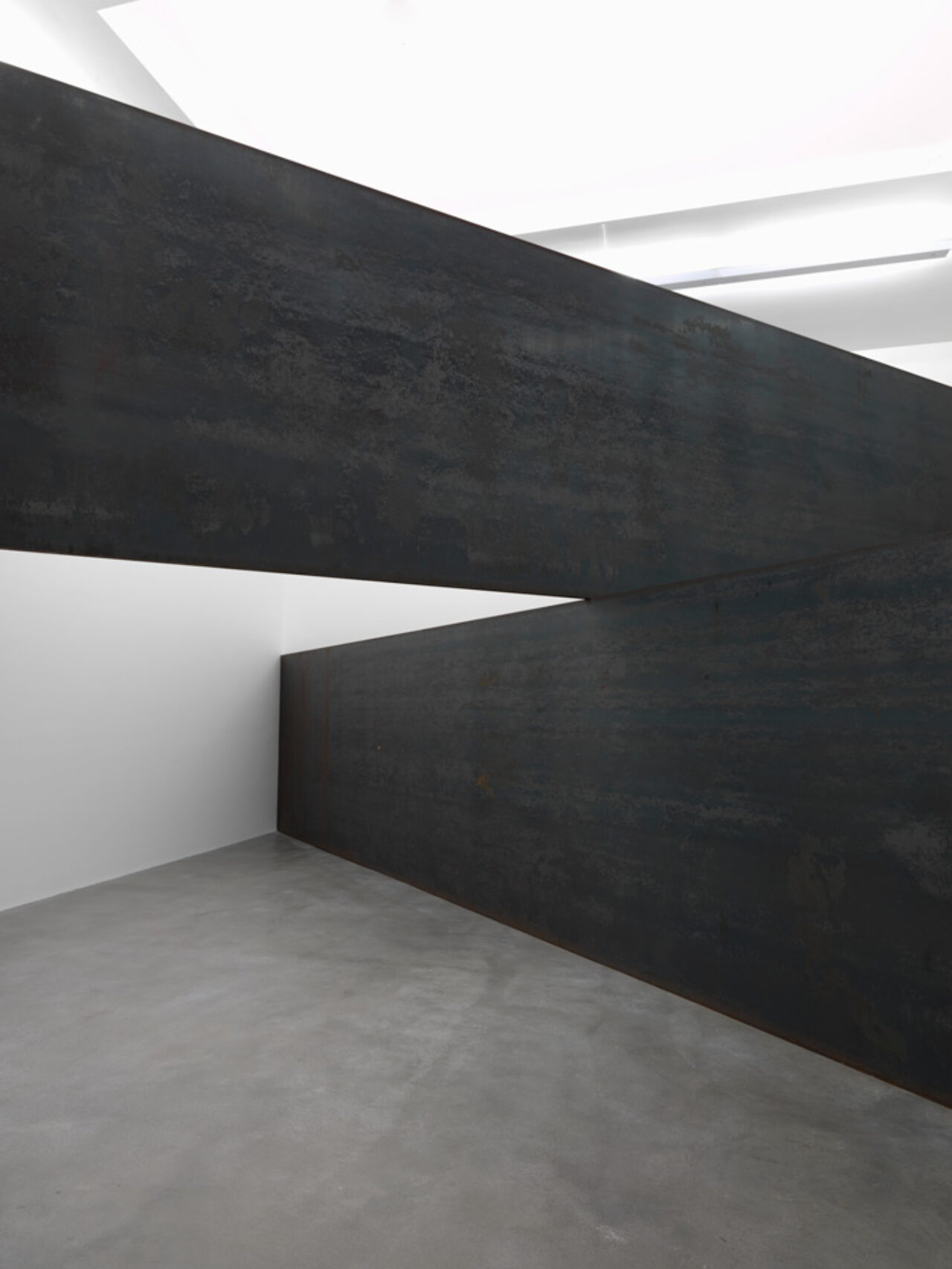

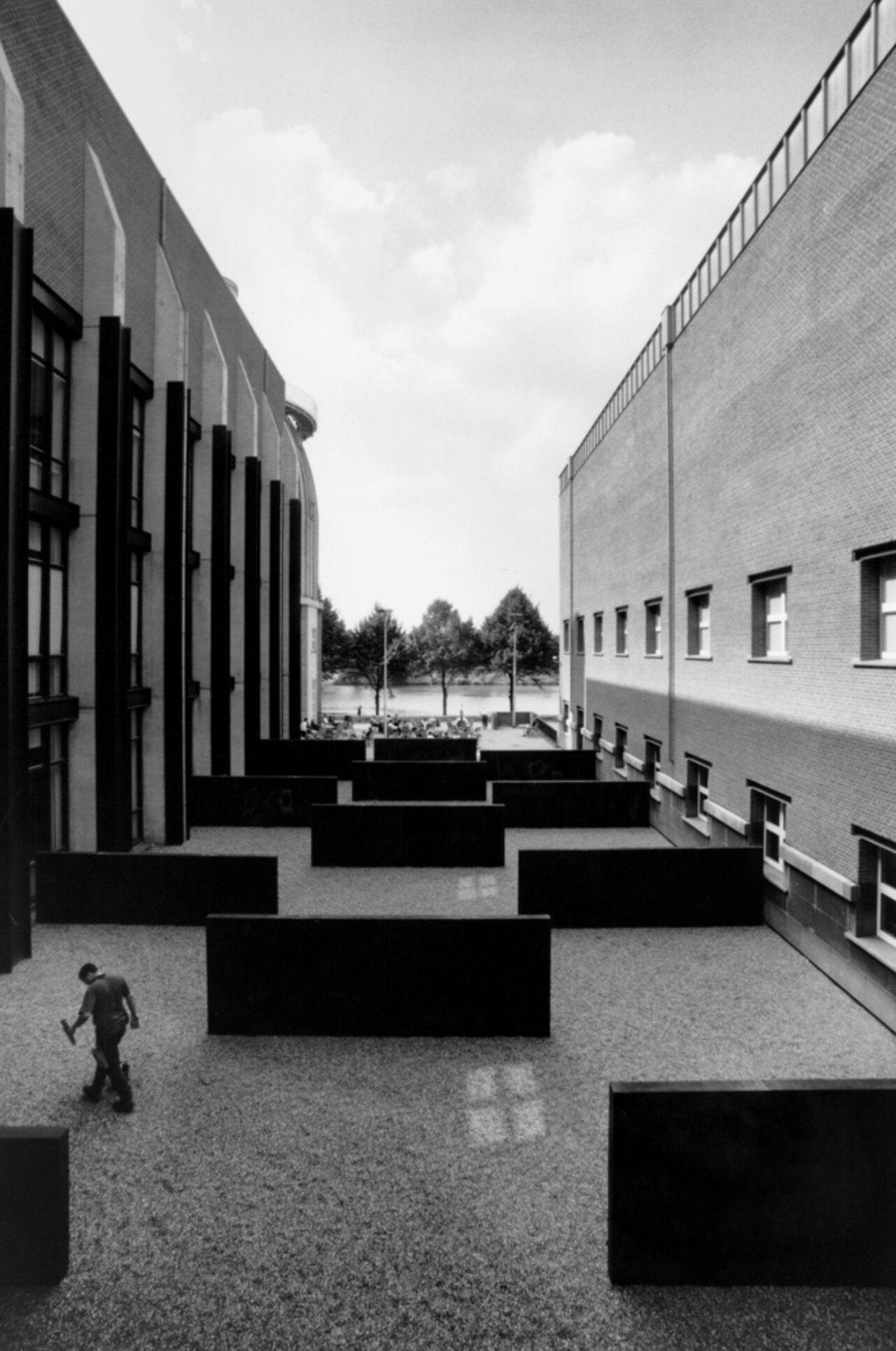
The minimalist, architectural alchemy of Serra’s sculptures played a key role in shaping spatial consciousness. For this, he received generous acclaim throughout the expanse of his career, being an honourable recipient of the Chevalier of the Order of Arts and Letters (1985), awarded the Architectural League President’s Medal (the first ever artist to do so) in New York, and appointed the French government’s highest honor, the insignia of Chevalier of the French Legion of Honor amongst many more recognitions.
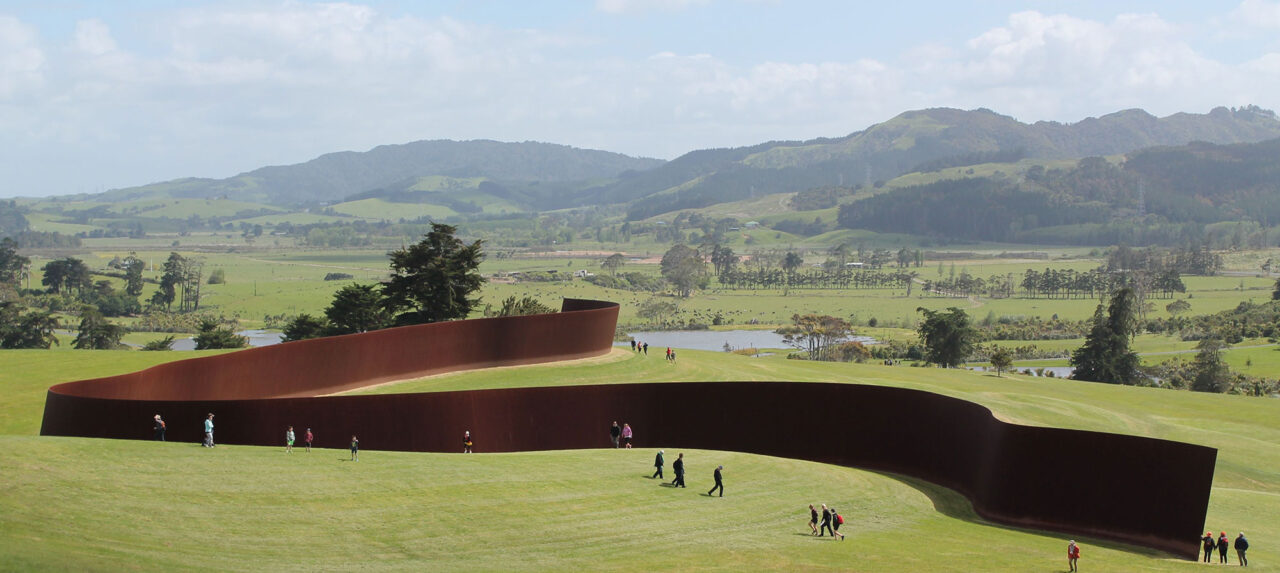
Reflecting on the artists recent passing and his vast catalogue of works only solidifies a statement made in 2002 during a major retrospection at the Gagosian Gallery in New York; Serra remains one of the major artists of our time.


For more monumental art on Ala Champ, discover here.
Words: Joanna Kawecki
Images: as credited
































